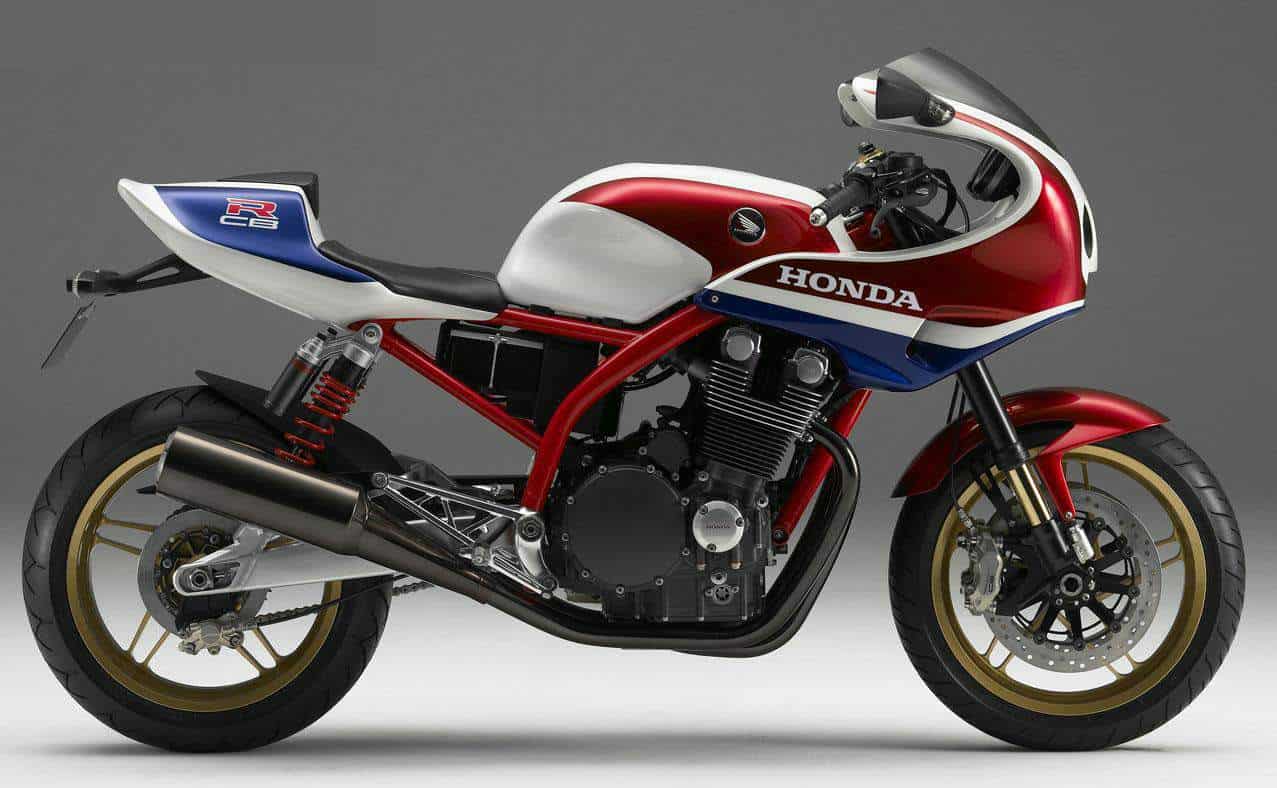Back in the 80’s, the Japanese Motorcycles were dominating races on the track and reliability on the road, the CB1100 was the sequential Mother Load of Torque, just sheer grunt and what I would call Linear power band, it just was like a Steam train and would go and go. Below, Dennis Neils takes hos […]
Tag Archives: CB1100r
Concept motorcycles tend to have strange lives. Some, like the Suzuki GSX1100S, a.k.a the Katana, generate such interest from the public that a production model appears the very next year. Others, like the Honda CB1100R concept, take a little longer. Publicly shown in October 2007 together with the un-faired CB1100F, the single-seat racing-bodied CB1100R disappeared […]


